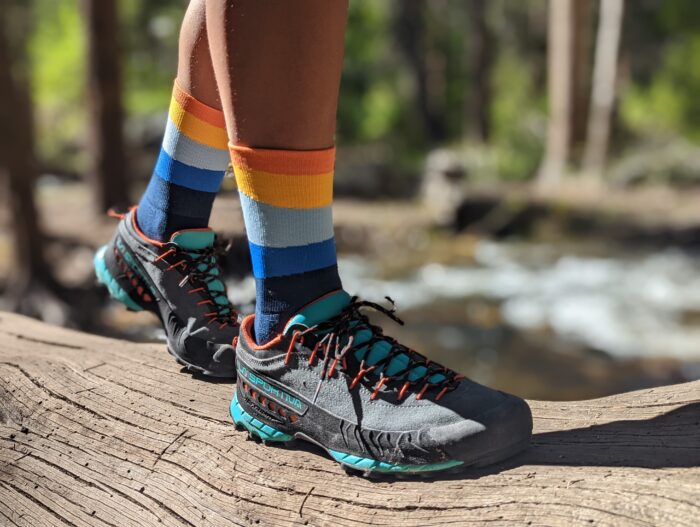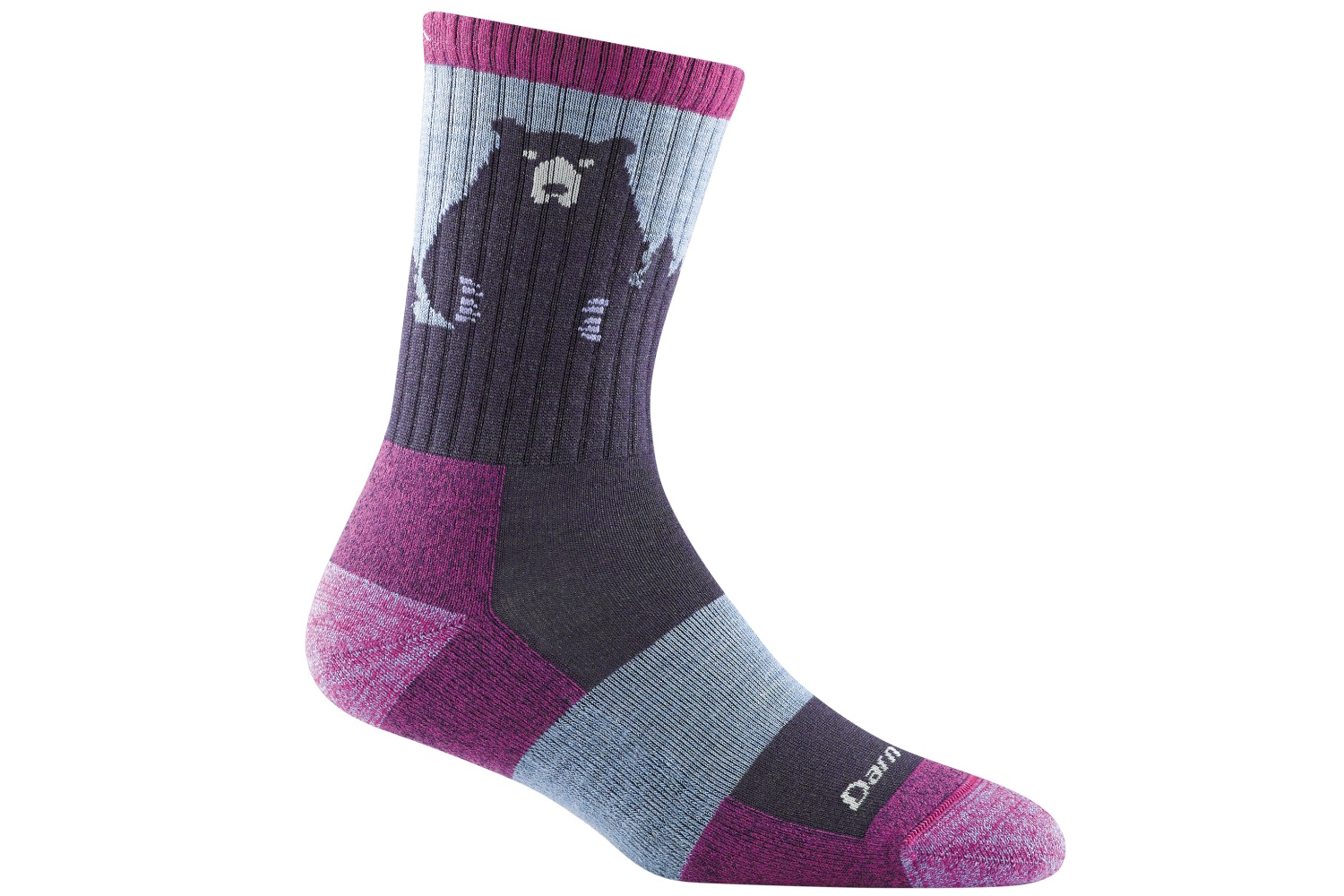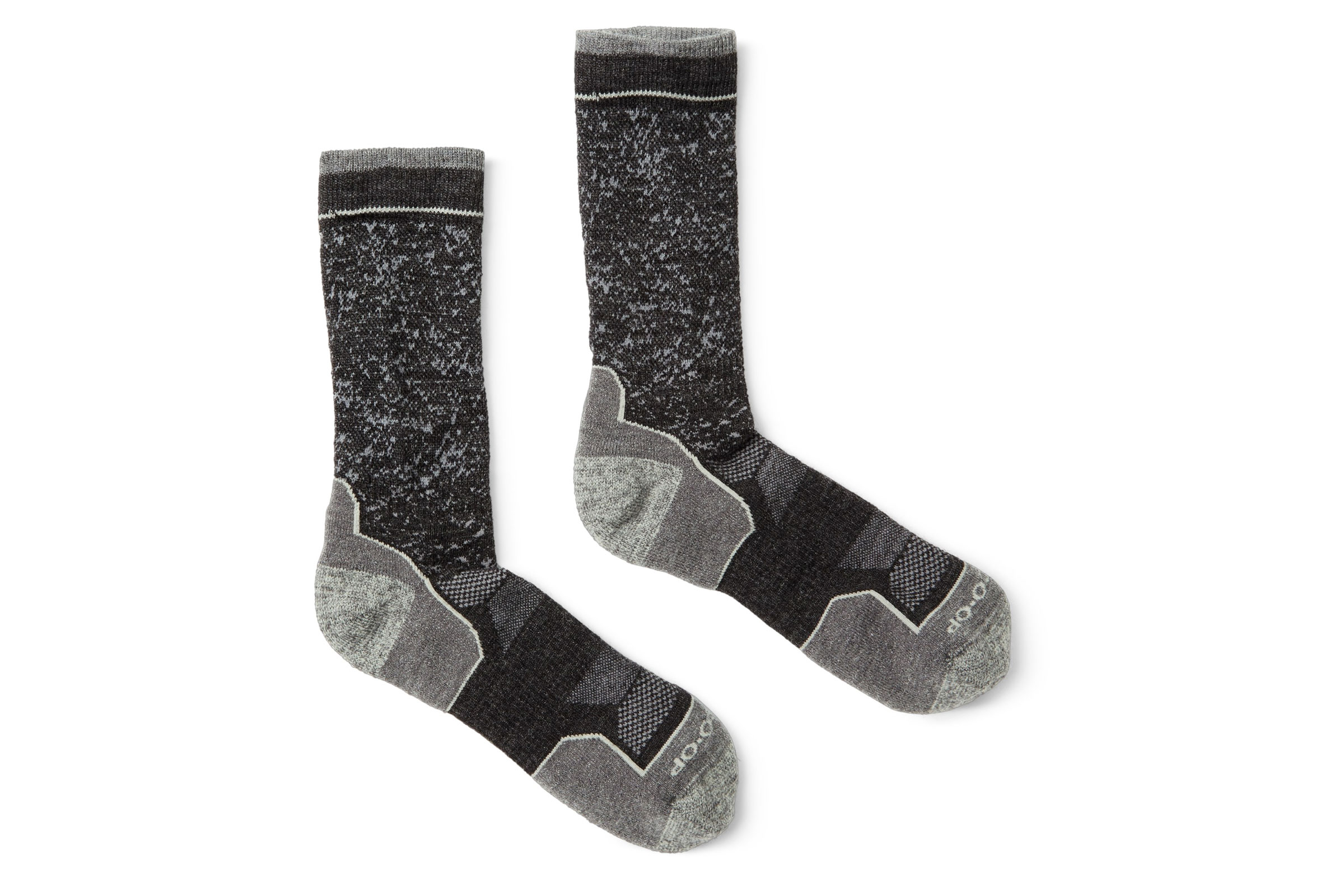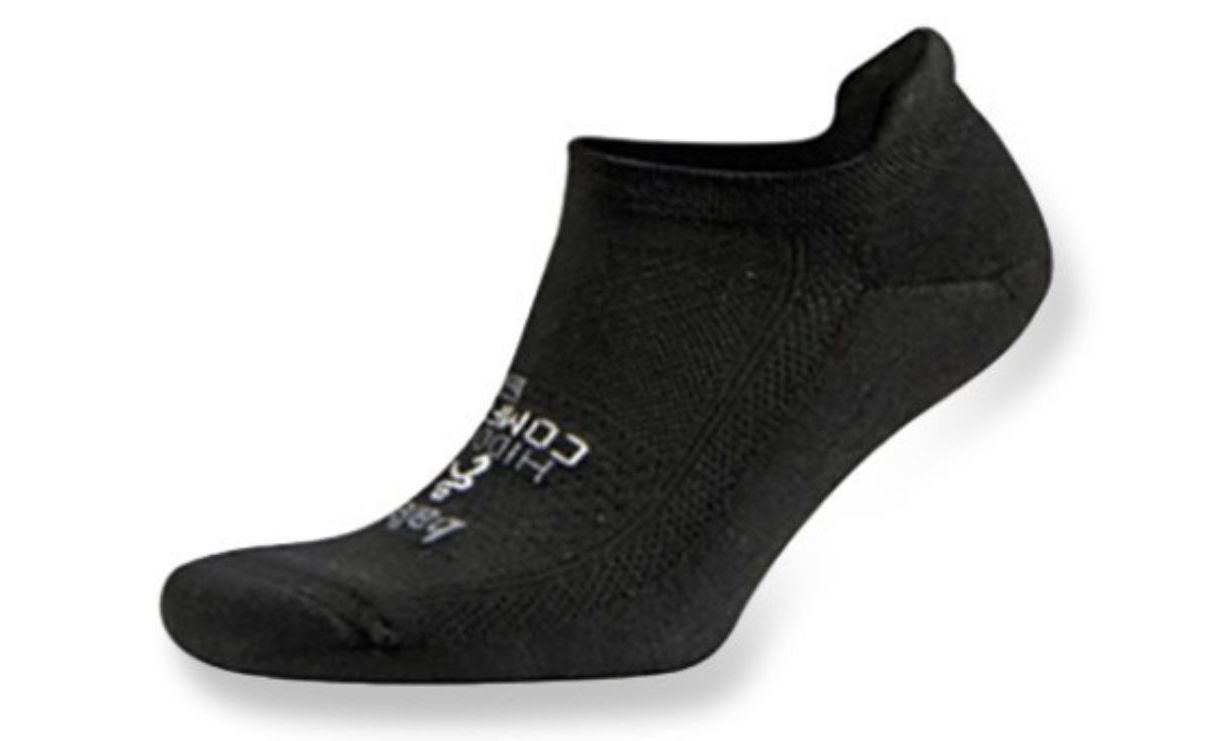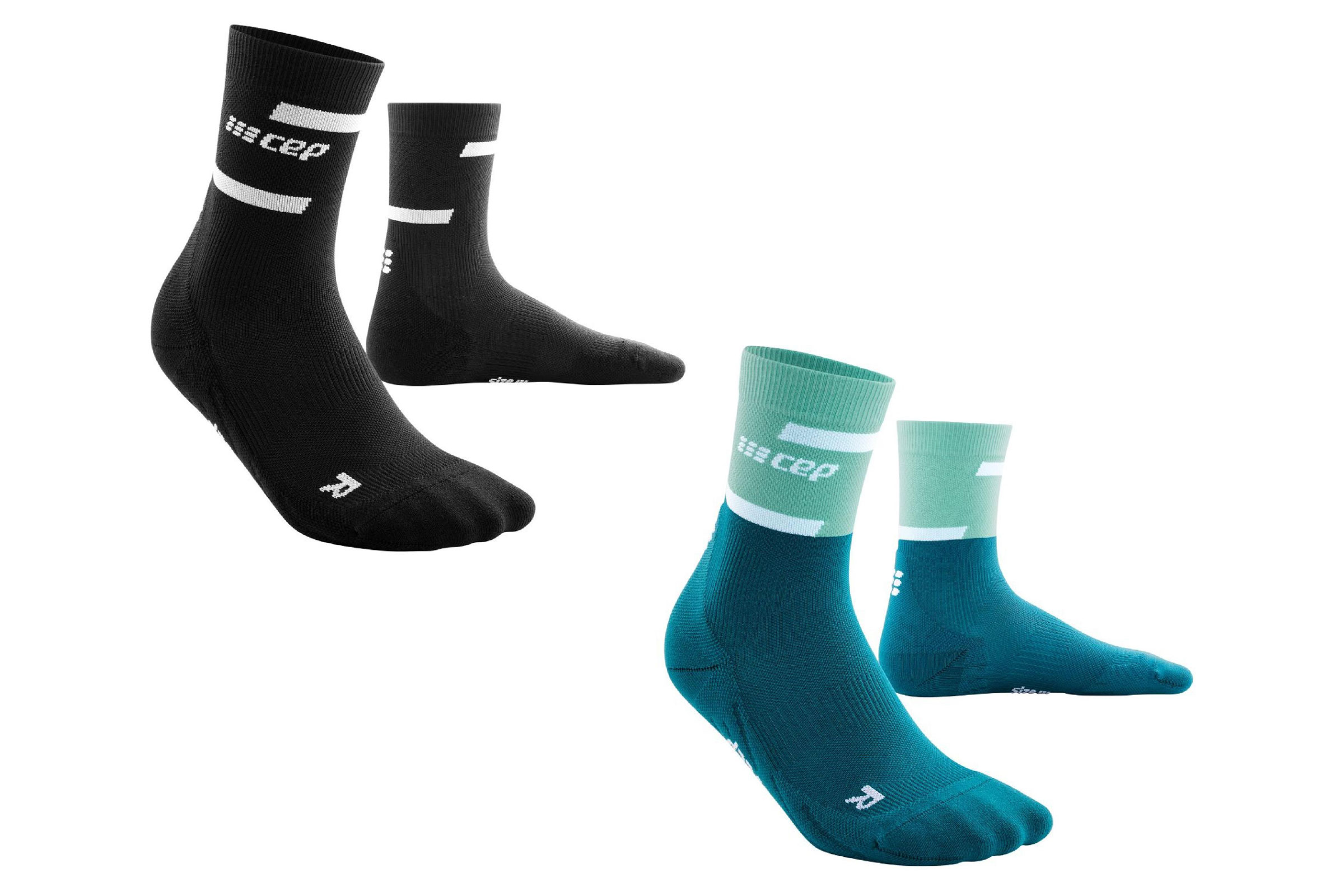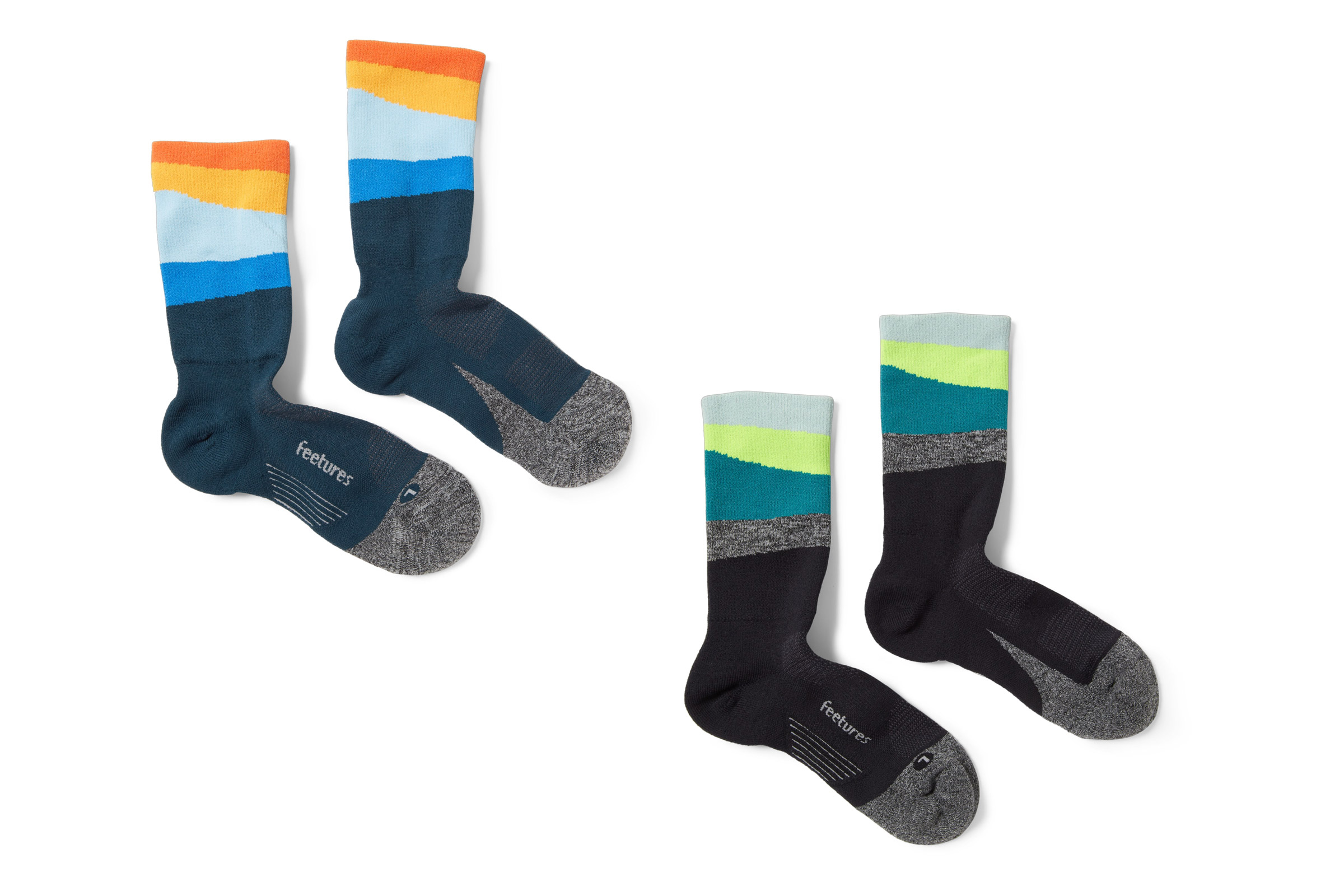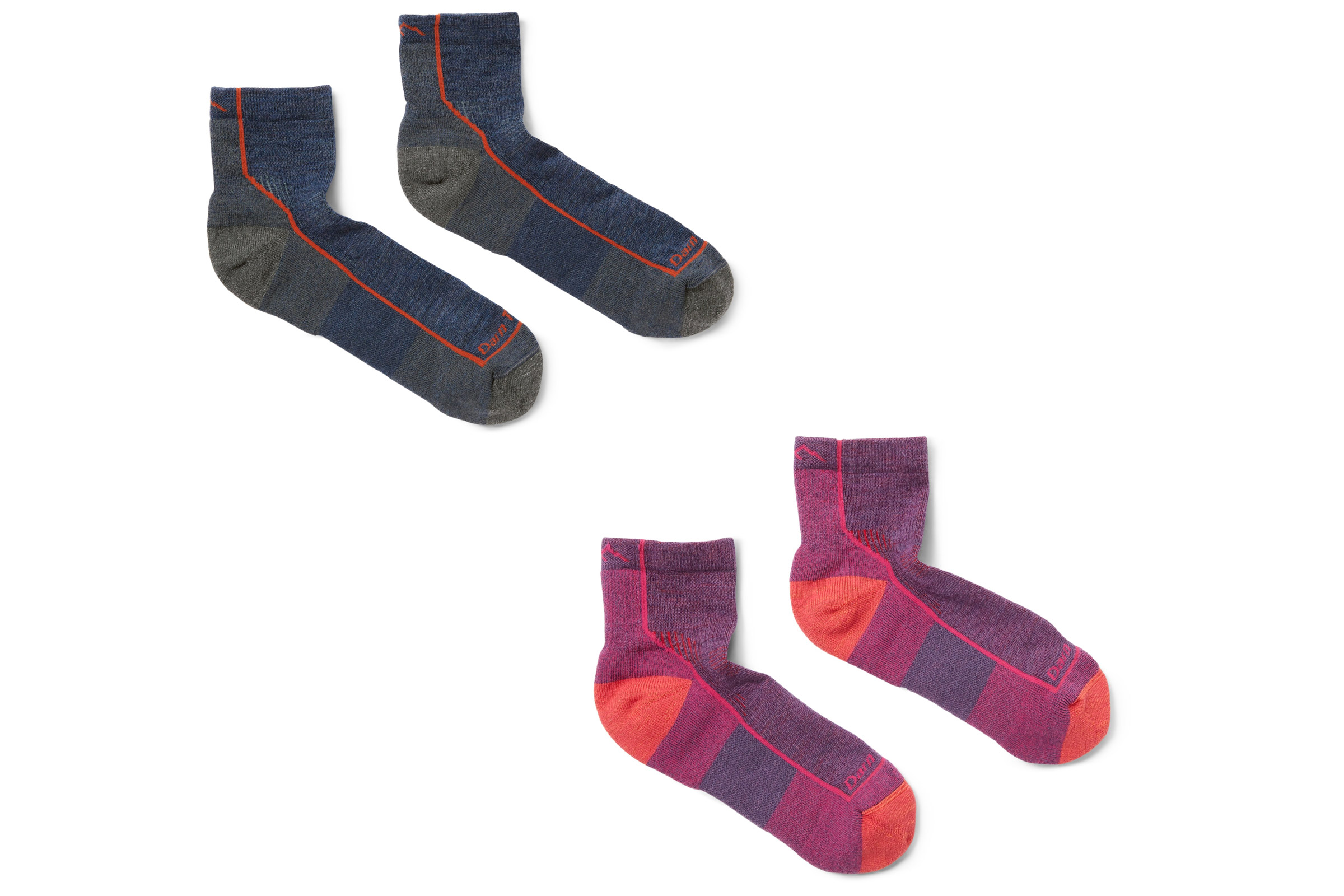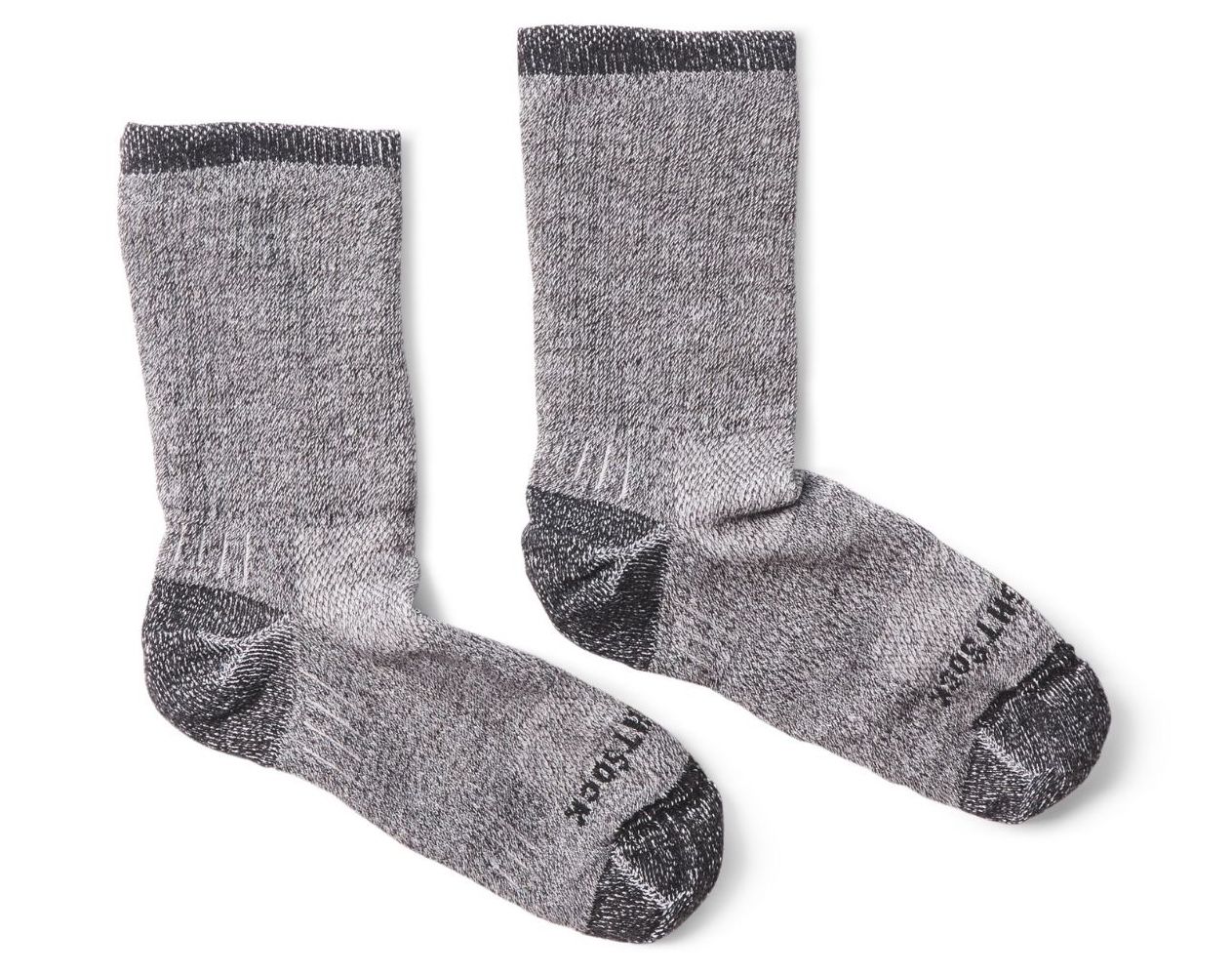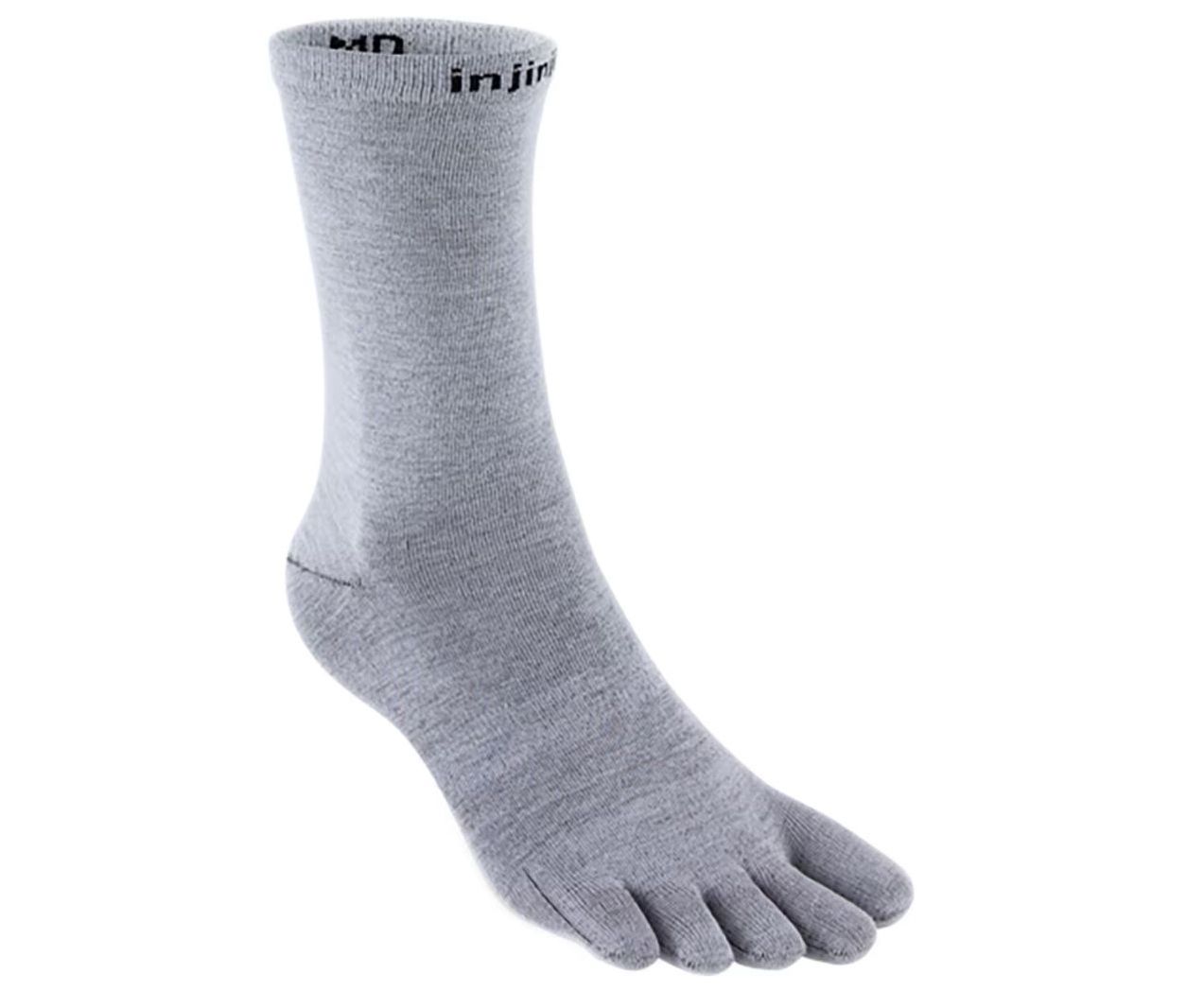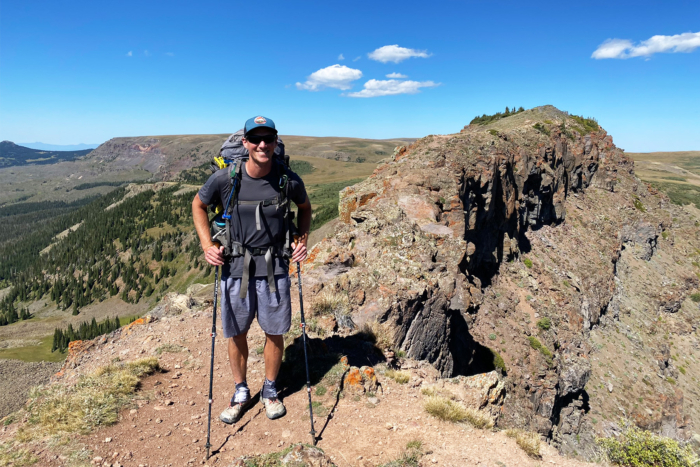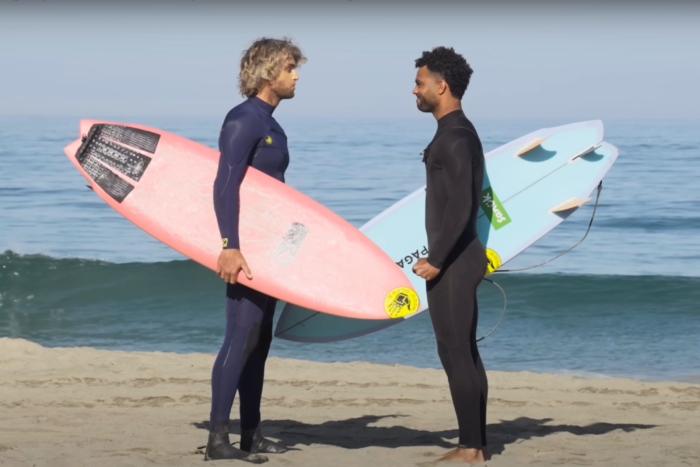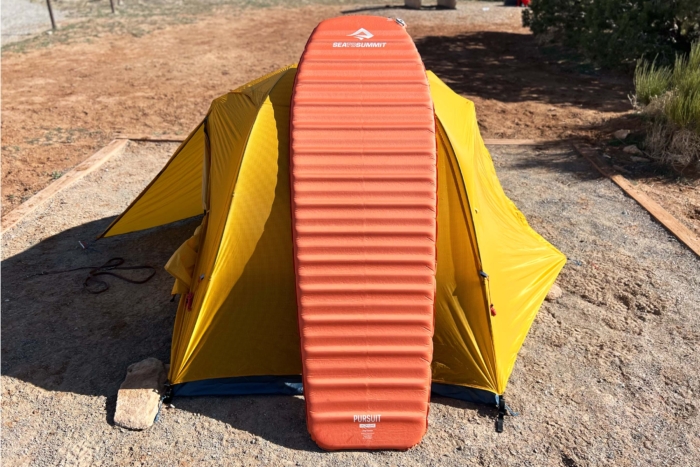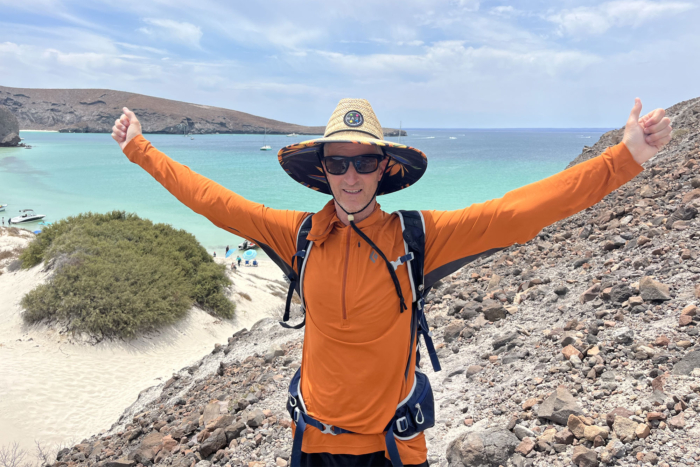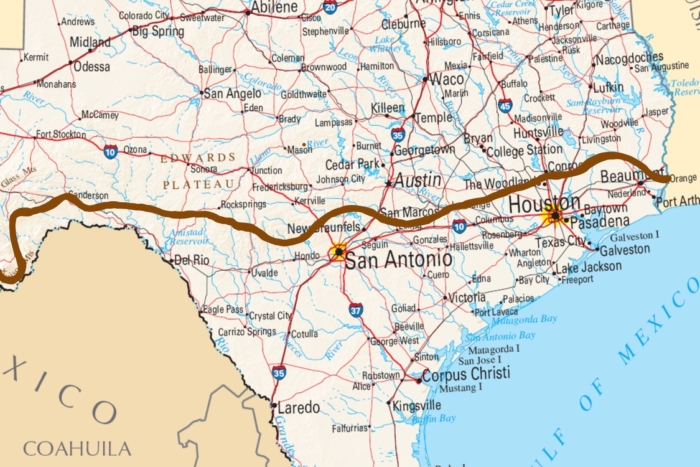Hike happy by keeping your feet comfy and dry with the best hiking socks out there. Socks are critical to your performance and enjoyment, whether you’re out on a casual day hike, climbing a peak, or pushing your limits on a multiday backpacking adventure. Luckily, we’ve got you — and your feet — covered.
Over the past 5 years, our testing team of hiking gurus has covered hundreds of miles in over 30 pairs of socks to see how they handle abuse on the trail. During casual strolls, long grueling hikes, scenic trail runs, and epic backpacking adventures, we paid attention to breathability, cushion, comfort, stretch, and durability.
After months of testing, we chose the Darn Tough Hiker Micro Crew Cushion as our best overall choice and the Darn Tough Bear Town Micro Crew Lightweight as our favorite women’s-specific hiking socks. Their performance, cushioning, comfort, durability, and style made them stand out. If you’re looking for a more affordable pick, then the comfy, breathable, and durable REI Co-op Merino Flash Socks are for you.
Editor’s Note: For our May 15, 2025, Hiking Socks Guide update, we awarded two new top overall picks, Darn Tough Hiker Micro Crew Cushion and the Women’s Darn Tough Bear Town Micro Crew Lightweight, and updated our review of the newly awarded Smartwool Hike Light Crew Socks.
The Best Hiking Socks of 2025
Best Overall Hiking Socks for Women
Darn Tough Women’s Bear Town Micro Crew Lightweight Hiking Socks
9.3/10 Rating- Material: 61% merino wool/36% nylon/3% Lycra spandex
- Height: Crew
- Cushion: Medium
- Moisture wicking: Yes
Pros
- Durable
- Fit well, no bunching or pressure points
- Very versatile
- Lifetime guarantee
- Tried and true
Cons
- Don't feel as plush as some others
- Material: 54% nylon/43% merino wool/3% Lycra spandex
- Height: Crew
- Cushion: Light
- Moisture wicking: Yes
Pros
- So comfortable
- Stay put during big efforts
- Stellar cushioning
- Durable
- Extremely cute and fun
Cons
- Run slightly small
- Material: 45% merino wool/44% nylon/8% polyester/3% spandex
- Height: Crew
- Cushion: Light
- Moisture wicking: Yes
Pros
- Excellent breathability
- Comfortable
- Durable
- Exceptional moisture wicking
- Soft on the skin
- Durable
Cons
- Extra fabric in heel may bunch up
- Material: 69% merino wool/22% recycled nylon/8% nylon/1% elastane
- Height: Crew
- Cushion: Light
- Moisture wicking: Yes
Pros
- Exceptional warmth-to-breathability ratio
- Comfortable
- Durable
- Updated to be more environmentally friendly
Cons
- Can run warm
- Material: 86% polyamide, 14% spandex
- Height: Crew
- Cushion: Targeted compression
- Moisture wicking: Yes
Pros
- Exceptional moisture wicking
- Lightweight
- Compression optimizes blood flow
- Stylish
Cons
- Prone to snagging
- Not ideal if you’ll be taking them on and off throughout the day
More Hiking Socks to Keep Your Feet Happy
- Material: 96% nylon/4% spandex
- Height: Mini crew
- Cushion: Light
- Moisture wicking: Yes
Pros
- Really cool design options
- Highly versatile
Cons
- Users have reported fading after a few washes
- Material: 61% merino wool/37% nylon/2% spandex
- Height: Quarter/ankle
- Cushion: Medium
- Moisture wicking: Yes
Pros
- All-around performance
- Lifetime guarantee
Cons
- A bit pricey if you’re not willing to take the time to cash in on the warranty
- 77% COOLMAX EcoMade polyester/22% nylon/1% spandex:
- Height: Crew
- Cushion: Ultralight
- Moisture wicking: Yes
Pros
- COOLMAX material performs great and is extremely lightweight
Cons
- “Ultralight” claim seems like a stretch as far as cushioning is concerned
- Material: 63% merino wool/ 37% nylon
- Height: Mid-calf
- Cushion: Medium
- Moisture Wicking: Yes
Pros
- Smooth, seamless construction is very comfortable.
- Technically sound
Cons
- Not the best for really warm conditions, or people whose feet run hot
- Material: 64% merino wool/17% bison down/16% nylon/2% polyester/1% spandex
- Height: Crew
- Cushion: Light
- Moisture wicking: Yes
Pros
- The Bison down is truly unique, and meets an outdoor niche yet to be explored
Cons
- A lot of money for a pair of socks
- Material: Inner layer: 65% Dri-WRIGHT ll polyester/26% nylon/5% silver/4% Lycra spandex; Outer layer: 68% Dri-WRIGHT ll polyester/24% nylon/8% Lycra spandex
- Height: Crew
- Cushion: Light
- Moisture wicking: Yes
Pros
- Silver lining is unique and up to the task of reducing odor
Cons
- A bit warm for a “light” cushioned sock
- Material: Inner layer: 75% COOLMAX EcoMade polyester / 21% nylon / 4% Lycra spandex
- Height: Crew
- Cushion: None
- Moisture wicking: Yes
Pros
- Ideal for reducing blisters
- Extremely soft feel
Cons
- Toe socks tend to have durability problems for some users
Best Hiking Socks Comparison Table
| Hiking Socks | Price | Material | Height | Cushion |
|---|---|---|---|---|
| Darn Tough Micro Crew Hiking Socks | $25 | 61% merino wool/36% nylon/3% Lycra spandex | Crew | Medium |
| Darn Tough Women’s Bear Town Micro Crew Lightweight Hiking Socks | $25 | 54% nylon/43% merino wool/3% Lycra spandex | Crew | Light |
| REI Co-op Merino Lightweight Flash Socks | $20 | 45% merino wool/44% nylon/8% polyester/3% spandex | Crew | Light |
| Smartwool Hike Light Crew Socks | $25 | 69% merino wool/22% recycled nylon/8% nylon/1% elastane | Crew | Light |
| Balega Hidden Comfort Socks | $16 | Polyester | No-show | Medium |
| CEP Run Compression Mid Cut 4.0 | $16 | 86% polyamide, 14% spandex | Crew | Targeted compression |
| Feetures Elite Light Cushion Mini Crew Socks | $20 | 96% nylon/4% spandex | Mini Crew | Light |
| Darn Tough Hiker Quarter Cushion Socks | $21 | 61% merino wool/37% nylon/2% spandex | Quarter/ankle | Medium |
| REI Co-op Merino Wool Lightweight Hiking Crew Socks | $18 | 77% COOLMAX EcoMade polyester/22% nylon/1% spandex: | Crew | Ultralight |
| Swiftwick Pursuit Seven | $22 | 63% merino wool/ 37% nylon | Mid-calf | Medium |
| United by Blue Bison Trail Socks | $32 | 64% merino wool/17% bison down/16% nylon/2% polyester/1% spandex | Crew | Light |
| WRIGHTSOCK Double Layer Silver Escape Crew Socks | $25 | Inner layer: 65% Dri-WRIGHT ll polyester/26% nylon/5% silver/4% Lycra spandex; Outer layer: 68% Dri-WRIGHT ll polyester/24% nylon/8% Lycra spandex | Crew | None |
| Injinji Liner Crew Socks | $12 | Inner layer: 75% COOLMAX EcoMade polyester / 21% nylon / 4% Lycra spandex | Crew | None |
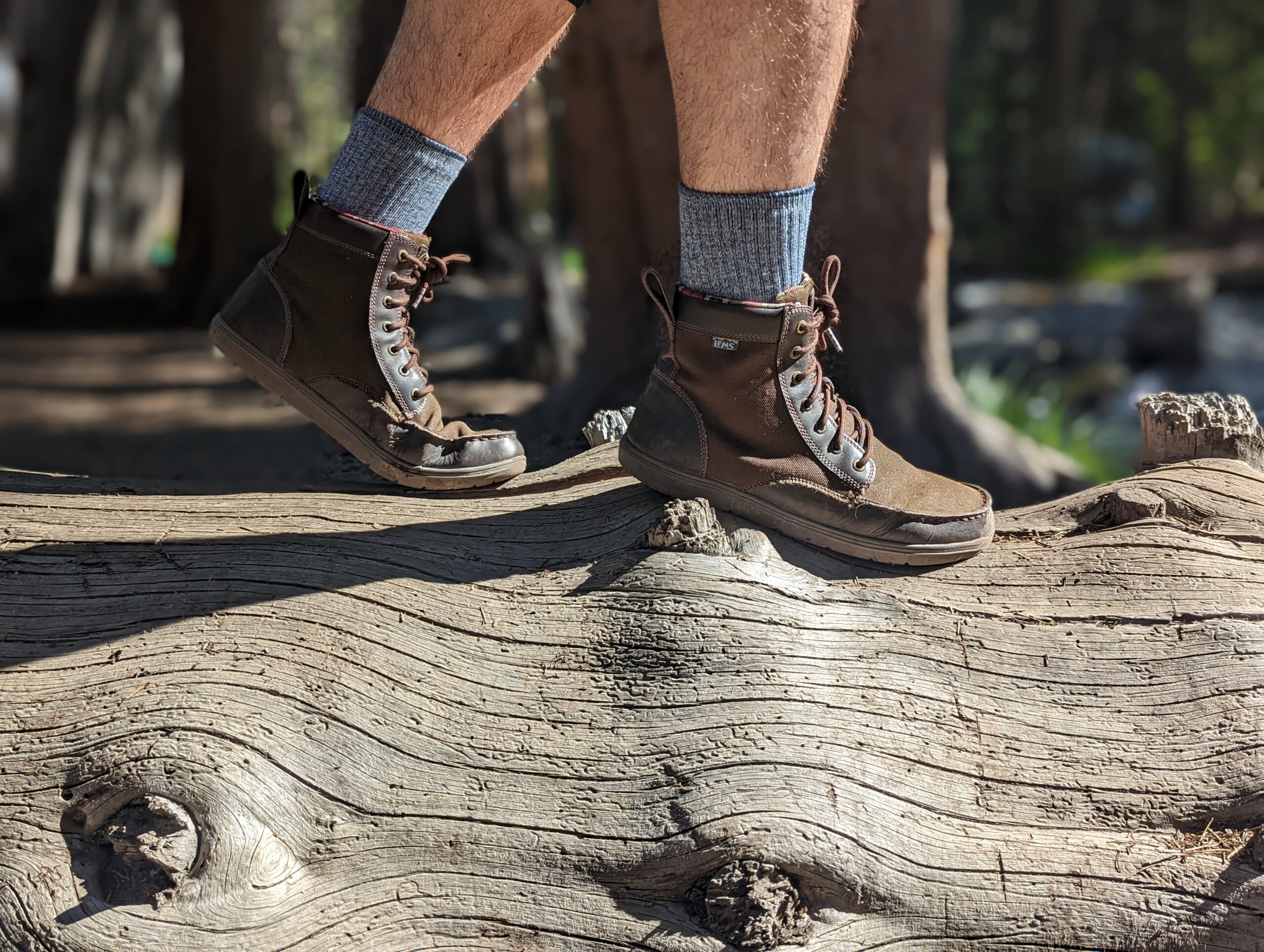
How We Tested Hiking Socks
Our Expert Testers
Our initial hiking sock testers were Mary Murphy and Andrew Potter — two highly experienced hikers with thousands of miles underfoot and very, very high sock standards. During testing, Mary and Andrew paid careful attention to fit, comfort, durability, wicking, and overall value.
In 2025, editor Chris Kassar took over this guide, testing multiple new socks and products that were already in the guide to expand testing and update our reviews. Chris took these socks far and wide, clinging to peaks in Colorado, hiking endless switchbacks in the Tetons, and bushwhacking in Alaska.
Our Testing Process
Our testers tried out socks of every material, cut, size, and style on the market. We tested the socks on this list over the course of many months of day hiking, backpacking, winter hiking, walking, and more.
The socks were tested in varying terrain and over the course of all four seasons so that we could see how well each sock insulated, breathed, wicked moisture, and dried. To compare feel and fit, we paired socks with camp slippers, hiking shoes, and mid to tall hiking boots.
Buyer’s Guide: How to Choose the Best Hiking Socks

The first step in the process is choosing the correct hiking socks for your preferred activities and your budget. Do you do a lot of backpacking and want socks with more support and cushion? Or do you mainly enjoy fast and light endeavors? Do your feet run hot or cold?
Decide how often you’ll be hiking, and what features are most important to you. If you hike a lot, the more durable, the better. If your feet run hot, stay away from wool.
The two main variables to consider are your physical constitution and the types of activities you’ll be engaged in.
Materials

If your feet run cold, wool socks (like the Smartwool Performance Hike Light Cushion) are a great choice. Generally, wool is considered the warmest, yet most breathable, option for outdoor gear.
If your feet run hot or you’ll be hiking in high temperatures, consider something with a mix of materials and excellent moisture-wicking properties. The REI Co-op Merino Lightweight Flash Socks are a great example, made with a combination of wool, polyester, nylon, and spandex.
Activity
Obviously, we’re focused on hiking, but that could mean a two-hour excursion or a two-month trek. Some people take their time, and others hustle. Luckily, certain socks work better for each type of jaunt, and some work well enough for all.
If you’re thru-hiking, you’ll want to look for durability, long-term comfort, and exceptional technical function. In that regard, there aren’t many better options than the lineup from Darn Tough. including the Darn Tough Hiker Micro Crew Cushion. The Smartwool Hike Light Crew is another durable option.
They last long enough that the company offers a warranty, and the performance is there to match. They’ve long been considered one of our top picks.
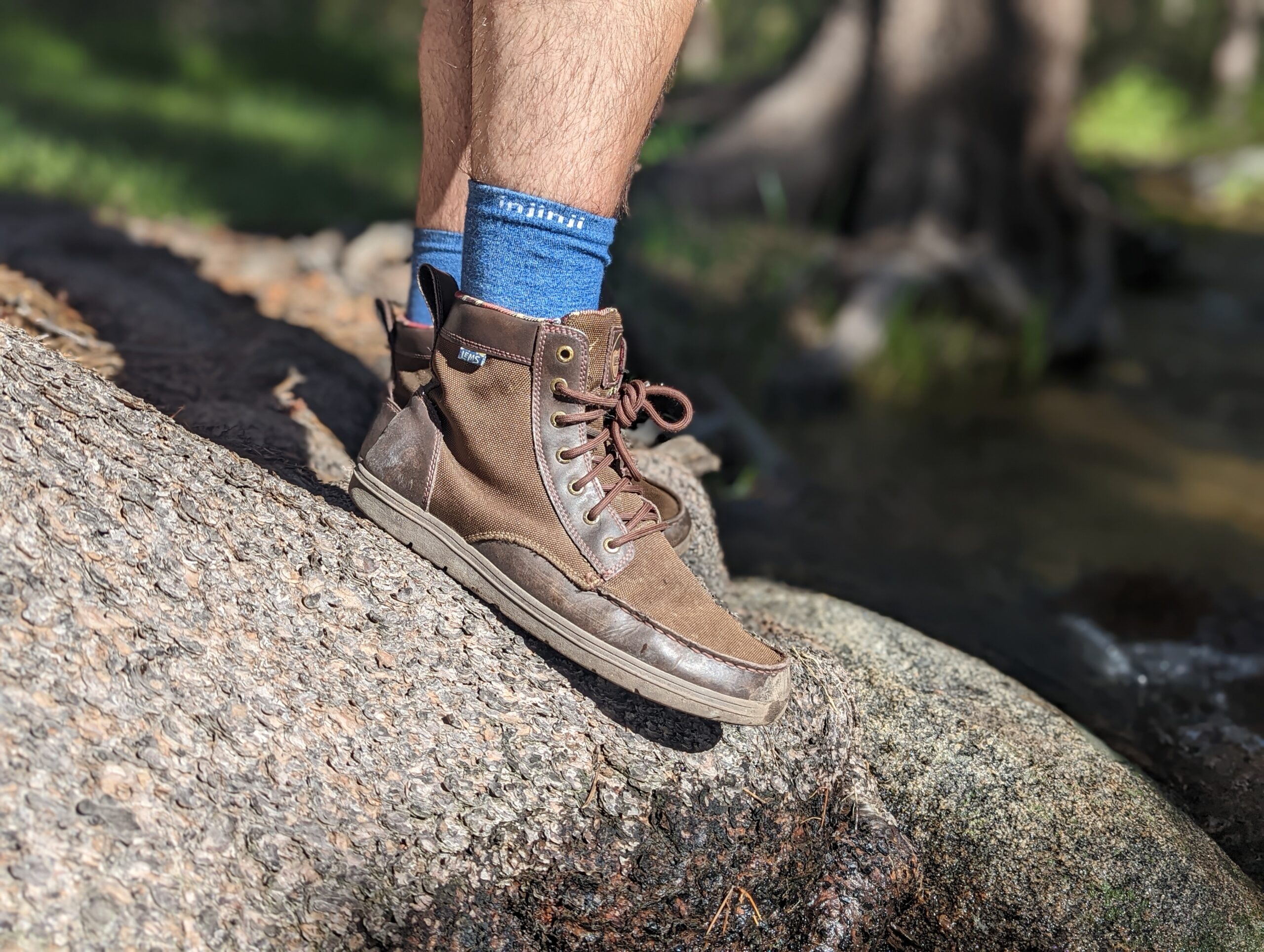
If you’re into fast-paced endeavors, a lighter, streamlined, running-inspired sock will probably better suit your needs. On this list, the Swiftwick Pursuit Seven and Balega Hidden Comfort are perfect examples. Both have a compression feel, wick moisture extremely well, and dry out quickly..
Moisture Wicking and Breathability
For just about all types of hiking, and especially fast-paced endeavors, moisture wicking and breathability are essential. Moisture wicking pulls moisture away from the feet and promotes evaporation. Breathability helps expel trapped heat. As you can imagine, these factors go hand in hand.
Merino wool is a wonder fabric when it comes to the combination of warmth and breathability, whereas synthetic fibers tend to wick moisture better. The REI Co-op Merino Lightweight Flash offers an optimal blend of nearly half merino and half synthetic fibers, so it’s a great choice if you’re looking for a compromise.
If your feet sweat profusely and you’re keen on high-output activities, we’d recommend something like the CEP The Run Compression socks. Their moisture-wicking properties are exceptional, and your feet will thank you after a long day.
Compression Socks
As mentioned above, compression socks improve blood flow, can aid in injury prevention, and are useful as a rehabilitative tool post-hike. If you’re an outdoor athlete and haven’t given them a try, we’d recommend giving them a shot both on and off the trail.
Because they have a very tight fit and can leave weathered footwear feeling loose, they aren’t optimal for casual hikes (unless you’re trying to keep plantar fasciitis at bay). If you’re wearing performance footwear, expect to sweat, and are planning on your feet and ankles taking a beating, they’re ideal.
That said, we all have unique feet and needs. CEP’s compression lineup comes in a variety of stylish colors, so you may find yourself wearing them as your everyday socks to aid in recovery.
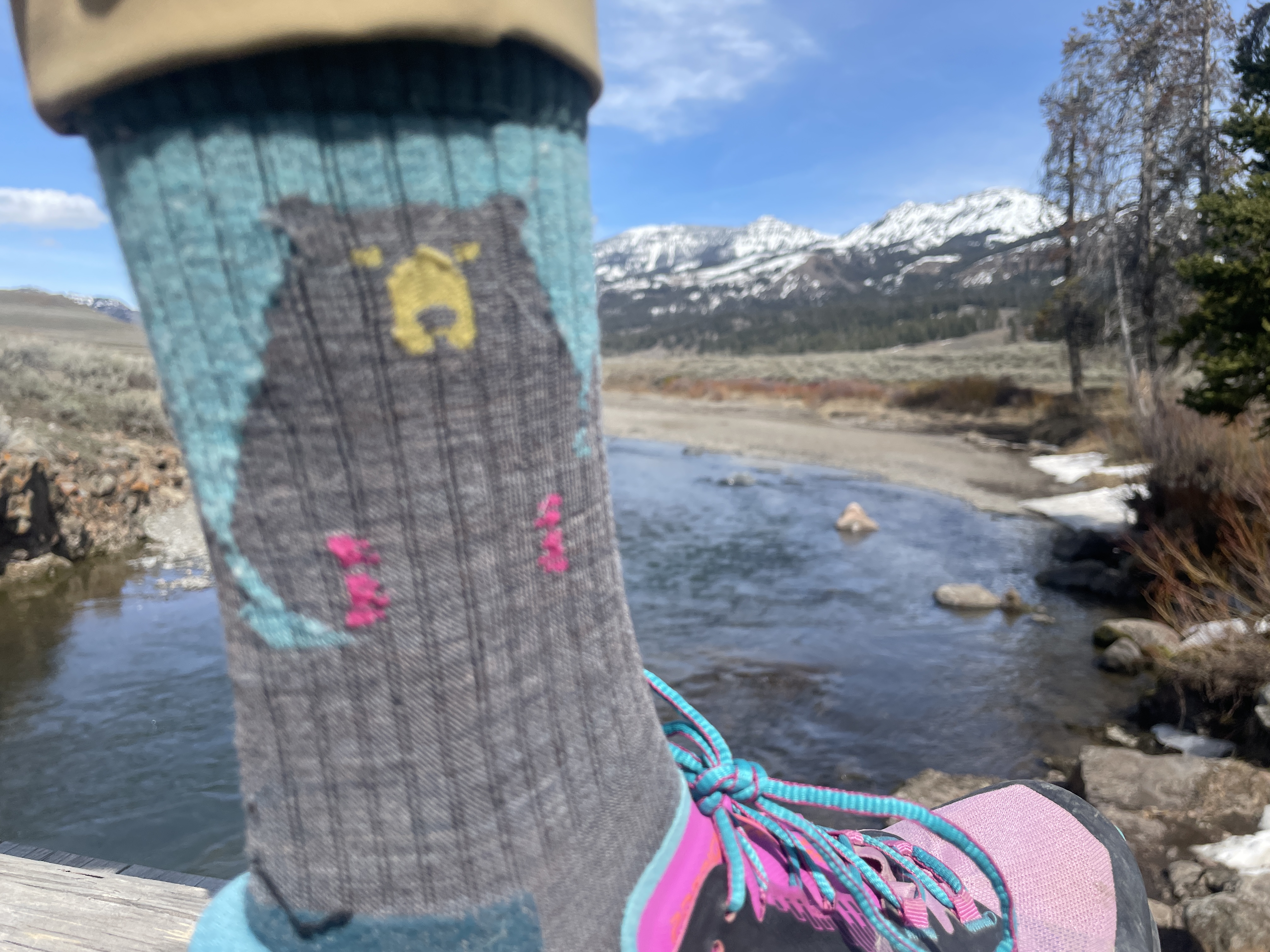
Cushioning
Cushioning is a tricky subject because more cushioning doesn’t necessarily translate to more comfort. Our shoes provide the primary source of padding from the ground, but socks with no cushioning at all can leave us with hot spots and blisters.
The heel and ball of the foot are the primary areas where at least some cushioning is needed, and every sock on this list addresses those to some degree. Thicker socks with higher wool content tend to provide more cushioning underfoot, whereas tighter, performance-oriented socks tend to have less.
While running or moving quickly, we’re more prone to use the muscles in our feet to brace us, which means we actually require less cushioning. Cushioning is more important for long-distance hiking where the impact is less but remains consistent throughout the day.
Price & Value
Budget
They cost more than those cotton 12-packs that you’ll find at Costco, but fortunately, hiking socks don’t generally cost a ton of money. A good budget pair of socks will run you anywhere from $10 to $15. In this price range, you can expect technical fabrics like polyester, which dries quickly and wicks away moisture.
The least expensive sock on this list, the Injinji Liner Crew Socks ($12), are an excellent (if somewhat fragile) lightweight sock that dries quickly and is exceptional at minimizing blisters.
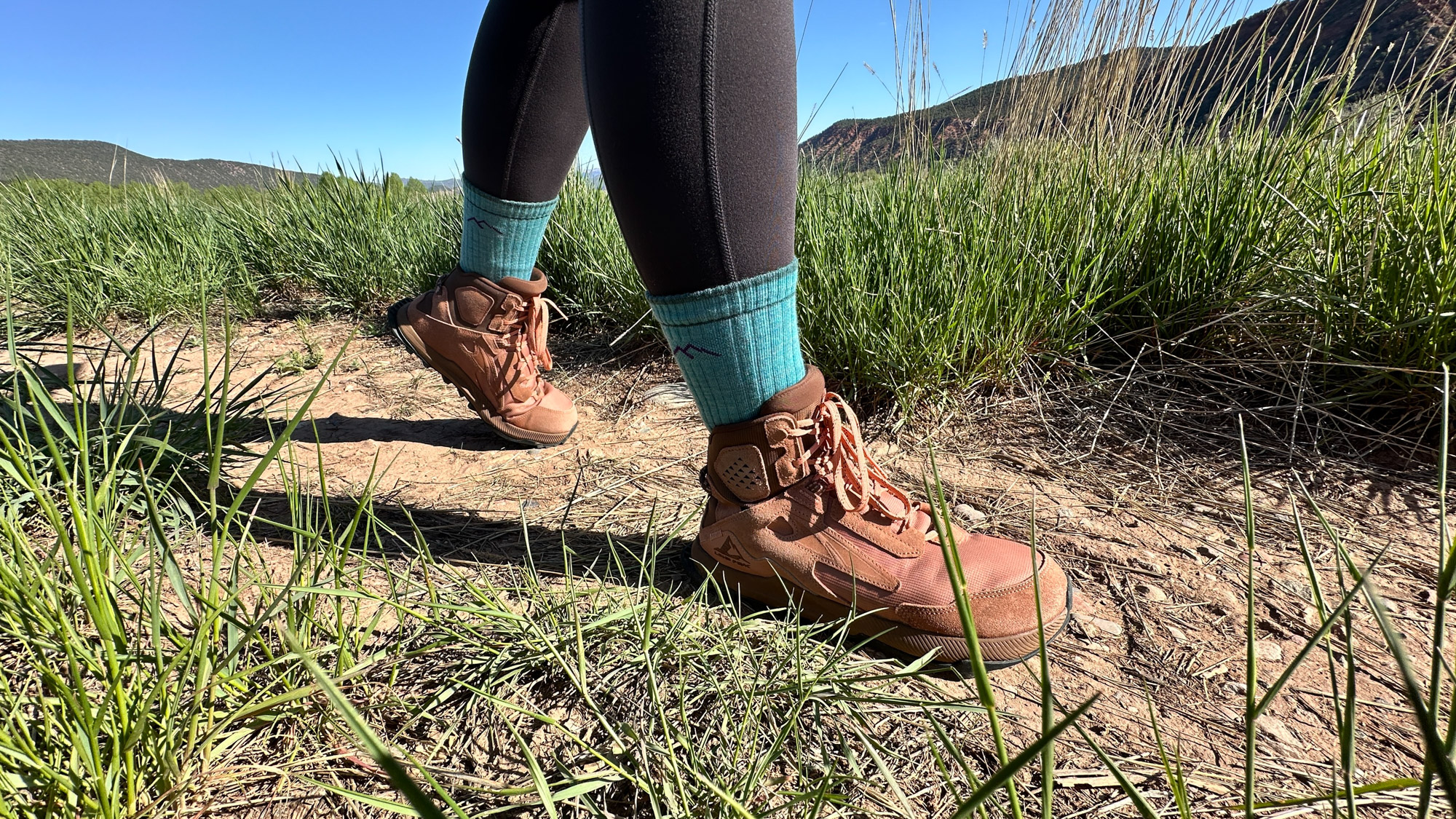
Mid-Tier
In the $15-25 price range, you can find more natural materials like merino wool on wool/synthetic blends, as well thicker socks for more insulation and durability. The Darn Tough Hiker Micro Crew Cushion ($26) are our top pick, thanks to the stink-proof merino and nylon blend. They’re also ridiculously durable — we’ve worn holes in them, but only after 500+ miles during thru-hikes.
Our top overall pick for women, the Darn Tough Bear Town Micro Crew Lightweight ($25), is extremely durable, comfy, and cute, so they perform well and make a fashion statement.
Premium
If you’re looking for a sport-specific sock or one made with a more unique material, you could find yourself spending $30 or more. The priciest sock on our list, the United by Blue Bison Trail Socks will cost you $32, but they offer a blend of merino wool and bison down for an unparalleled blend of warmth and breathability.
Frequently Asked Questions
The best hiking socks that won out for us in testing were the Darn Tough Hiker Quarter Cushion and Smartwool Performance Hike Light Socks.
For a cheaper option, consider our best budget pick, the Feetures Elite Light Cushion Mini Crew Socks.
This is partly based on intended activity and use, and partly based on preference. Thicker socks with medium to heavier cushioning might feel more comfortable in a traditional hiking boot, while a light-cushioned sock might feel better in a lightweight or low-hiker. If you plan on doing a lot of hiking in the fall and winter or on longer trails, consider thicker socks (both for support and warmth).
This is really a preference, and materials vary widely by brand and sock style. However, we’ll say we had the best performance and durability from socks with a merino, nylon, and elastane (or spandex) blend, where the merino is the higher material content (50-60%).
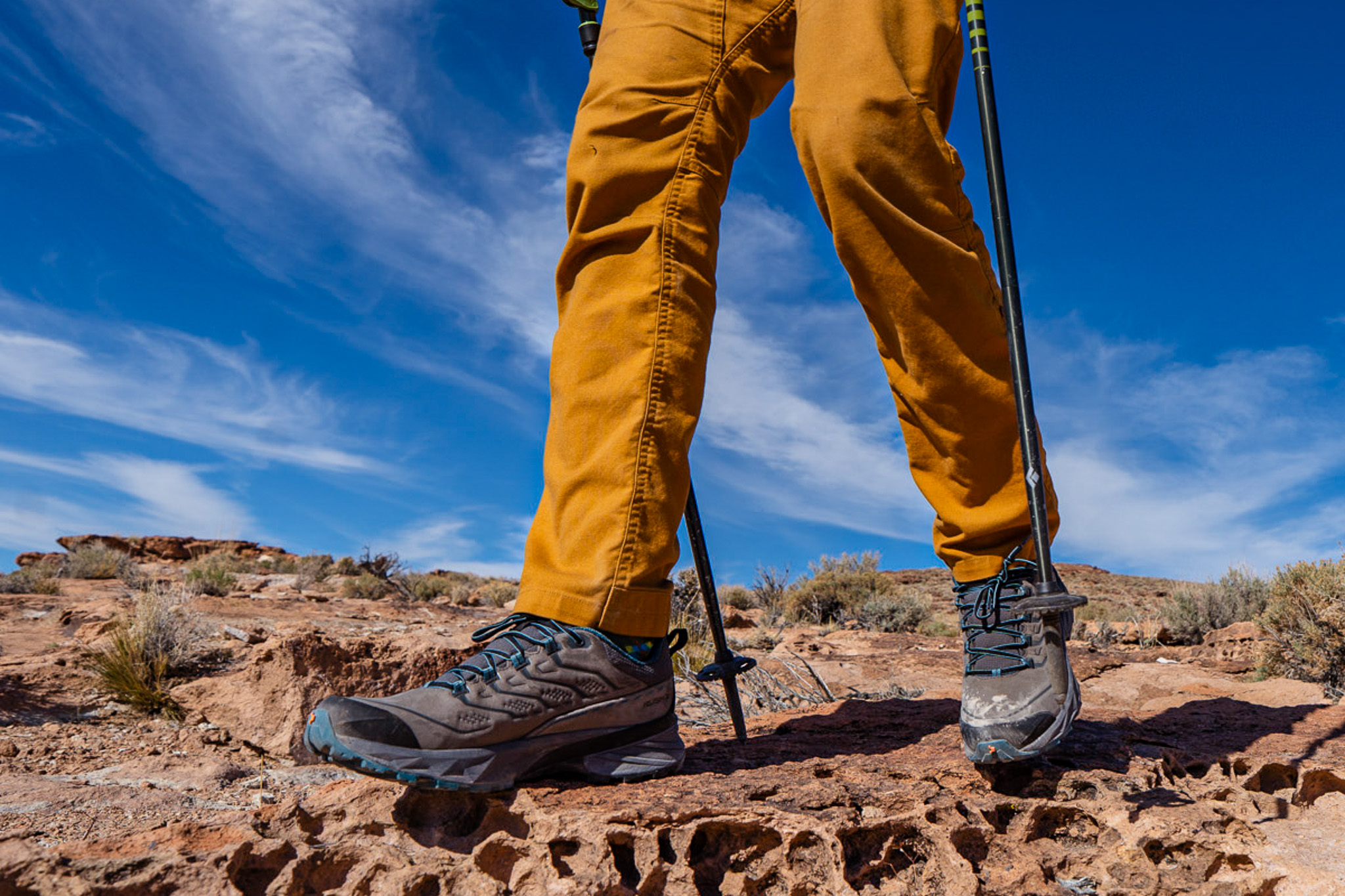
The Best Hiking Shoes of 2025
We tested and ranked the best hiking shoes for men and women for 2025, including top picks from Hoka, Salomon, Merrell, SCARPA, and more.

The Best Hiking Pants for Men of 2025
We tested the best men’s hiking pants from Outdoor Research, REI Co-op, Fjällräven, Black Diamond, and more to help you find the best option for your needs and budget.
